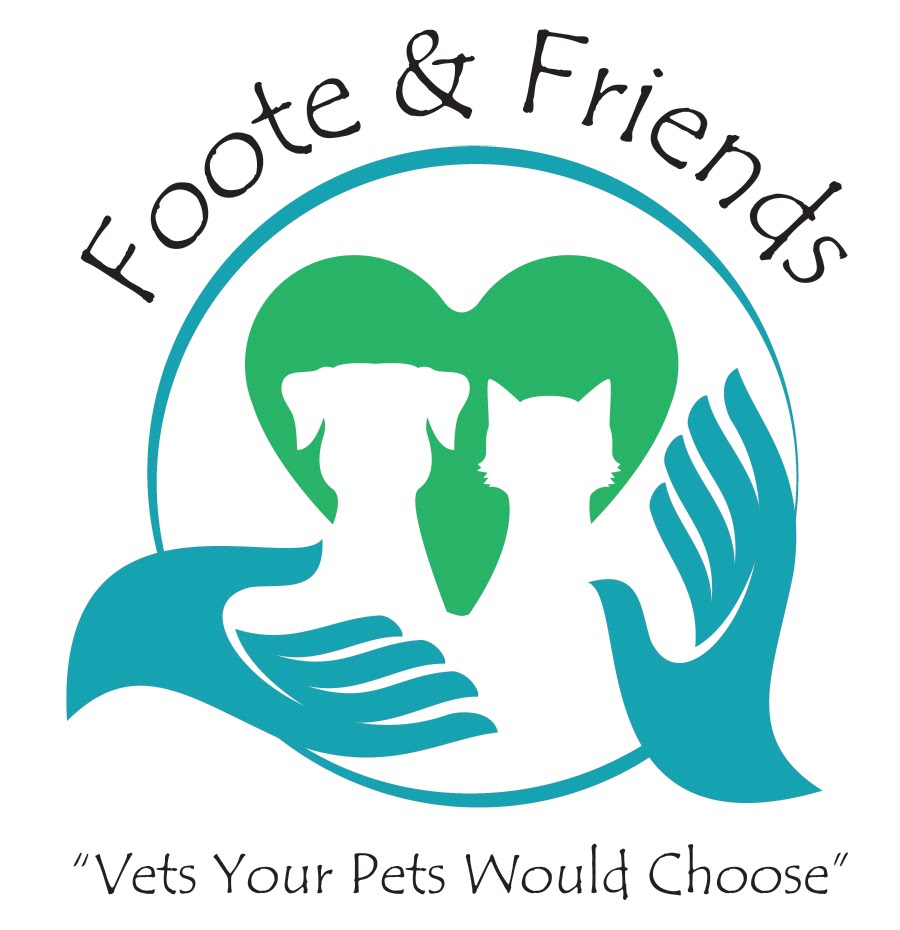 |
| walking in the parade |
How far is too far to walk?
After the home coming parade last Friday, someone asked about how Butterscotch did after the walk. Was he used to walking that far (he is. He walks that far twice daily). The next question was how far was too far to walk an old dog. No one wants to over work their pet, especially an older one. How does one know what is a good amount of exercise but not too much to cause harm?
The answer will depend on your pet's fitness level now, if there is any arthritis already present and what kind of surface your pet will be walking or exercising on. All pets, especially older ones get a lot of help by regular daily walking. So, even a short walk will be good for your pet. Walking helps the circulation to the heart, liver and kidneys helping those important organs to work better. It is really stimulating to the brains of older pets to sniff out different things and see different sights on a walk. Keeping muscles fit is one of the best ways to reduce pain and stiffness due to arthritis.
 |
| Butterscotch on his am route |
So, for a first walk, notice when your dog starts to tire out make note of how far or how long you have walked. Take about 5 minutes to let the dog lay and rest before heading home ( be patient! ). Now, for future walks go half the distance out that you went when they became tired so you can do the whole route in 1 walk. Use this as a starting point. Repeat this walk twice daily. Even if it is just 5 minutes of walking, 2 walks that are 5 minutes and not over tiring a dog is better than 1 10 minute walk. Every week you can increase the walk by 2 minutes or so. The point is to keep up the daily walks so your dog does not loose it's conditioning.
Grass is a good surface to walk on. The key is to praise your dog when walking with the head up and not buried in the grass. Do not use a choke chain or prong collar. These can be damaging to the neck. The easy walk harness by Premier is a good choice to prevent pulling or guide the dog into you. Older dogs do ok on pavement as long as it is not too hot, and they keep the pace at a walk. Be mindful of areas where there may be broken glass, or other debris.
As dogs get older they may not be able to hear as well. So people may startle them, or shrill noises may upset them. Pet them and use food rewards for walking well or encourage calm behavior when a train passes or emergency vehicle.
Most dogs do best walking after they have been up for a little while to get their legs limber. If your pet takes arthritis medication wait about 30 minutes or so before a long walk so the medication is already working.
 |
| Butterscotch is all ready for the parade with Ranger in the float |
Walking your old dog is a great way to enjoy time together, keep them and yourself healthy, and show off your super senior dog!
Dr. Sally J Foote





